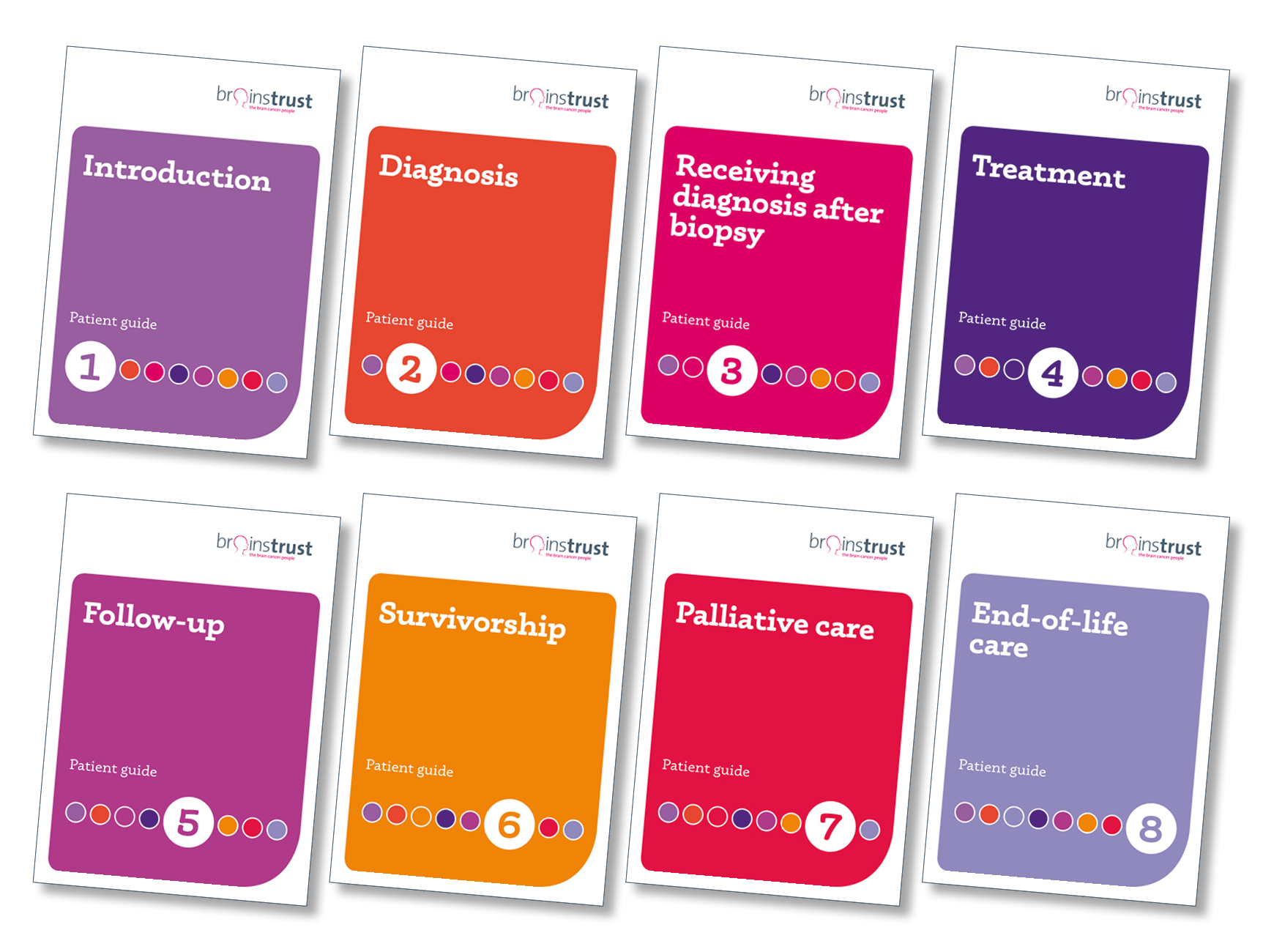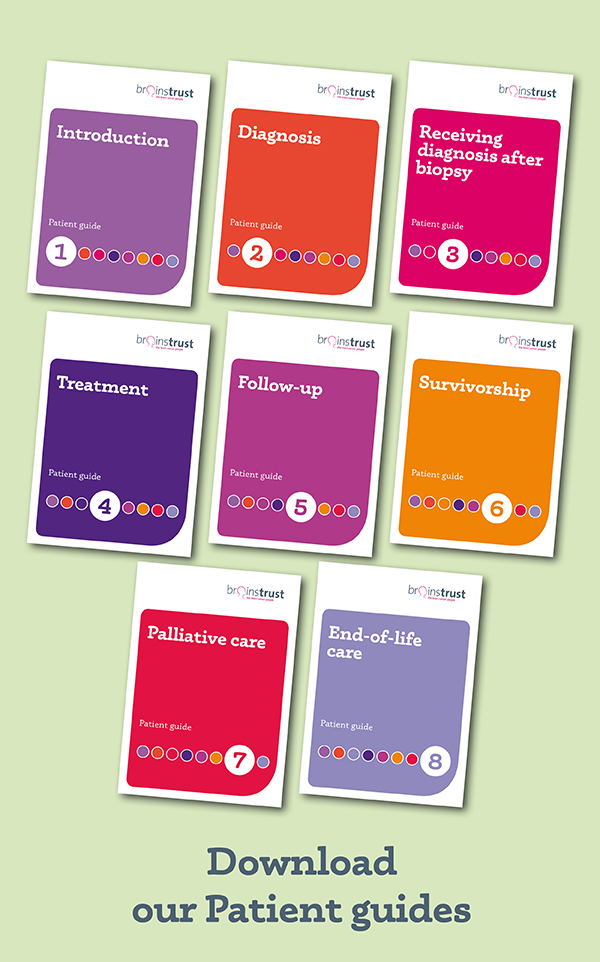Molecular analysis
Will chemotherapy work on my brain tumour? This is a question we hear a lot, and is in important one in understanding what brain tumour treatment might work best for you. Molecular analysis can help answer this question.
Such is the progress in personalised treatments that neuropathologists can now identify which tumours are likely to respond to chemotherapy. Specific tests might provide information that can be used to influence your treatment and diagnosis. Not all hospitals run such tests but you can ask for them. These tests (also called molecular markers) can:
- Aid the diagnosis of brain tumours which are sometimes hard to diagnose
- Allow clinicians to work out a prognosis
- Indicate whether a tumour will respond to a specific type of treatment
The downside of this is that molecular analysis may lead you to discover that your tumour type might not respond to treatment, so if you ask the question, you need to be prepared that you might receive information you’d rather not know.
 Understand what to expect on your brain tumour journey, and what to ask your doctors with the brain tumour patient guide.
Understand what to expect on your brain tumour journey, and what to ask your doctors with the brain tumour patient guide.
MGMT methylation testing and brain tumours
The MGMT methylation test detects a chemical change in the DNA that shows how the cells are able to fight certain chemotherapy drugs (i.e. repair the damage caused by the drug so that the cancer cells survive and continue to grow). Tumour samples can also be tested for a ‘1p/19q’ genetic change in the chromosomes that may provide information about the likely sensitivity to DNA acting drugs.
The MGMT and 1p/19q tests will only be relevant to some brain tumours. They can also only be done where a biopsy has been performed, and biopsy material can be obtained and analysed (it does not necessarily matter how long ago the biopsy was performed).
The MGMT methylation test is relevant to all anaplastic gliomas (WHO Grades III and IV).
1p /19q test is relevant to certain tumour types.
The tumour types for which these tests can be done are shown by a tick below.
| Brain Tumour Diagnosis | Grade | MGMT | 1p/19q |
| Anaplastic astrocytoma | WHO grade III | ✓ | ✗ |
| Oligodendroglioma | WHO grade II | ✗ | ✓ |
| Anaplastic Oligodendroglioma | WHO grade III | ✓ | ✓ |
| Oligoastrocytoma | WHO grade II | ✓ | ✗ |
| Anaplastic Oligoastrocytoma | WHO grade III | ✓ | ✓ |
| Glioblastoma | WHO grade IV | ✓ | ✓ |











